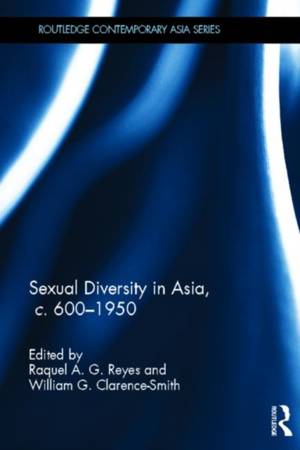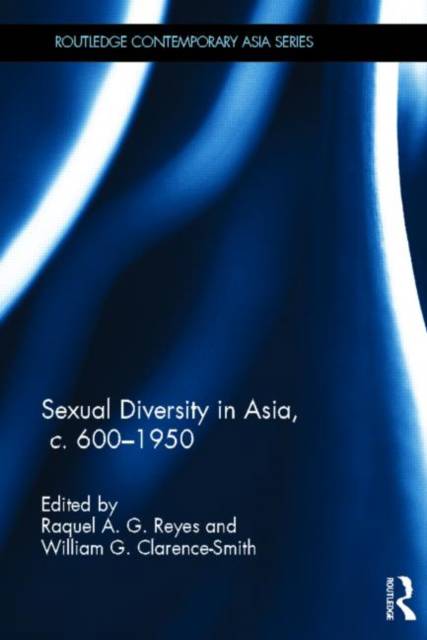
- Afhalen na 1 uur in een winkel met voorraad
- Gratis thuislevering in België vanaf € 30
- Ruim aanbod met 7 miljoen producten
- Afhalen na 1 uur in een winkel met voorraad
- Gratis thuislevering in België vanaf € 30
- Ruim aanbod met 7 miljoen producten
Sexual Diversity in Asia, C. 600 - 1950
Omschrijving
Non-reproductive sex practices in Asia have historically been a source of fascination, prurient or otherwise, for Westerners, who being either Catholic or Protestant, were often struck by what they perceived as the widespread promiscuity and licentiousness of native inhabitants. Graphic descriptions, and pious denunciations, of sodomy, bestiality, transvestitism, and incest, abound in Western travel narratives, missionary accounts, and ethnographies. But what constituted indigenous sexual morality, and how was this influenced by Hinduism, Buddhism, Confucianism, Islam, and Christianity over time and place? What sex practices were tolerated or even encouraged by society, community, and religious ritual, and what acts were considered undesirable, transgressive and worthy of punishment?
Sexual Diversity in Asia, c. 600-1950 is the first book to foreground same- sex acts and pleasure seeking in the histories of India, China, Japan, the Philippines, Thailand, and Indonesia. Drawing on a range of indigenous and foreign sources, the contributors, all renowned experts in their fields, shed light on indigenous notions of gender and the body, social hierarchies, fundamental ideas concerning morality and immorality, and episodes of seduction. The book illuminates - in striking case studies - attitudes toward non-procreative sex acts, and representations and experiences of same-sex pleasure seeking in the histories of Asia.
This path-breaking book is an important contribution to the study of gender and sexuality in Asian cultures and will also interest students and scholars of world history.
Specificaties
Betrokkenen
- Uitgeverij:
Inhoud
- Aantal bladzijden:
- 192
- Taal:
- Engels
- Reeks:
Eigenschappen
- Productcode (EAN):
- 9780415600590
- Verschijningsdatum:
- 31/05/2012
- Uitvoering:
- Hardcover
- Formaat:
- Genaaid
- Afmetingen:
- 156 mm x 234 mm
- Gewicht:
- 449 g

Alleen bij Standaard Boekhandel
Beoordelingen
We publiceren alleen reviews die voldoen aan de voorwaarden voor reviews. Bekijk onze voorwaarden voor reviews.










